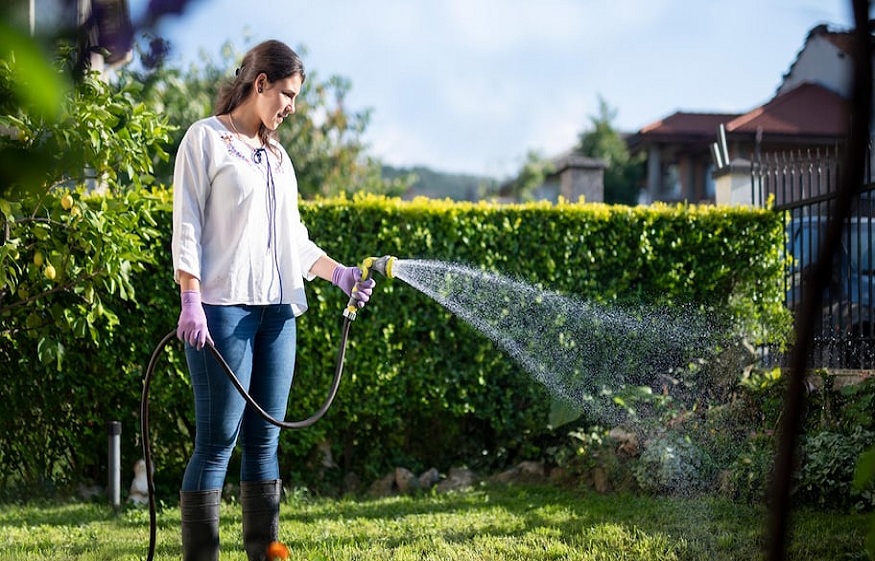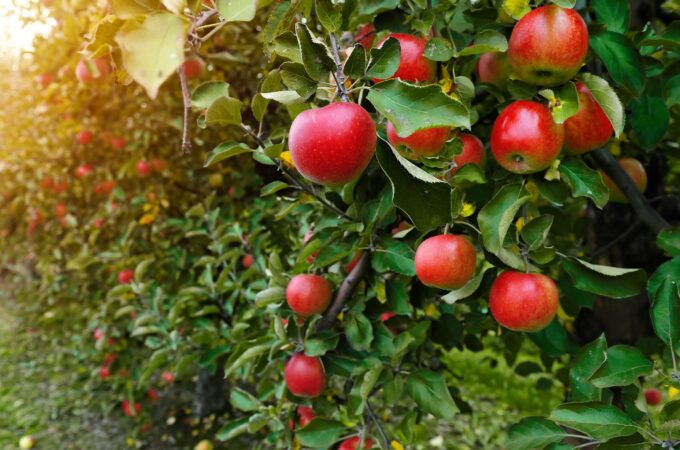
7 Tips to Prevent Water Logging in Your Garden
Water logging is a common problem for gardeners in humid climates or near water sources. Watering your plants too frequently, or not allowing the soil to dry out between watering, can cause the moisture from rainfall or other sources of water to remain in the soil instead of evaporating. This prevents air from reaching plant roots and also causes diseases like fungal root rot because there is too much humidity and not enough air circulation. In this blog post, you will learn about different ways to prevent water logging in your garden. Keeping your plants healthy and following some simple tips from our expert team at David Fairley Gardens will help you reduce the risk of water logging and maintain optimum moisture in your soil all season long!
Be smart about the time of day you water
Some plants, like peppers and eggplants, prefer to be watered in the evening because it helps them grow more slowly. If you water your plants in the evening, the water will have time to be absorbed into the soil and travel to the roots. Then, as that plant grows, it will draw from its root reserves from the past evening. If you water your plants in the morning, the water can settle on the leaves and be transpired back into the atmosphere before it has a chance to travel down to the roots. A few plants, however, do really well with morning watering. You can check the plant tags to see if your plants prefer morning watering. If you don’t see a watering preference on the tag, it is safe to assume they would prefer evening watering – which will be your first step to a healthier garden.
Check your soil before watering
Before you start watering, take a quick test of your soil to see if it really needs water and/or nutrients. To do this, grab a handful of dirt, squeeze it, and then let it go. If it falls to the ground in a couple seconds, your soil is dry and does not need water. If it still clings to your fingers when you let go, your soil is damp, but not wet. If it forms a tight ball and does not fall apart when you let go, your soil is too wet and needs to be allowed to dry out. If you want to know if your soil needs nutrients, grab a handful of dirt and put it in a bowl of water. If the water looks clear after about 10 minutes, your soil does not need additional nutrients. If the water is cloudy, it has too much nitrogen and needs more potassium.
Turn your sprinklers upside-down
If you commonly experience water logging in your garden, turn your sprinklers upside-down. This will allow the water to drip onto the soil instead of being sprayed into the air, where it will sit on the leaves or the soil and cause diseases like fungal root rot. This is especially important in gardens near water sources, like creeks or ponds. Excess water from rain or even other nearby gardens can flow into your garden and cause fungal root rot. If your sprinklers are turned upside-down, they will help direct the water back into the ground instead of letting it sit on the soil.
Add drainage holes to your containers
If you like to grow some of your plants in containers, try adding drainage holes to the bottom of the pot. This will allow any water to flow out of the bottom and not remain in the soil. It is important that the soil you use in containers does not retain too much water, as it can cause diseases like fungal root rot. Drainage holes will not only prevent this, but they will also allow you to water your plants more frequently. The excess water will flow out and not remain in the soil.
Use a drainage layer in your garden bed
If you tend to suffer from water logging in your garden, consider adding a drainage layer to the bottom of your garden bed. This will allow excess water to flow out of the garden instead of remaining in the soil and causing fungal root rot. You can use a wide variety of materials for a drainage layer. Pea gravel, pumice, sand, or cinder are commonly used drainage layers. You can also use decomposed granite or other minerals if you do not want to change the nutrient level of your soil.
Incorporate sand in your soil
You may want to consider adding some sand to your soil. It is a porous material that will allow air to travel through the soil and help prevent water logging. It will also allow water to travel through it, but not be retained in the soil. If you are adding sand to your garden, be sure to use clean sand. You do not want to introduce any potential diseases or contaminants into your soil.
Don’t forget to dry out your beds after rain
Even if you have done everything right and managed to prevent water logging in your garden, don’t forget to dry out your beds after rain. Plants and soil containers will stay moist for a short time after rainfall, but you should be sure to allow the soil to dry out again before watering to prevent fungal root rot. If you keep your plants healthy and follow these tips, you should be able to prevent water logging in your garden. Many of these tips also apply to plants in general and will help you keep your plants happy and healthy all season long.
Conclusion
If you want to grow beautiful plants in your garden, it is important to understand how to prevent water logging. Water logging can cause many different diseases, such as root rot, in your plants. It is important to know how to prevent water logging in your garden so that you can grow healthy plants. When it comes to watering your plants, less is often more! Over-watering can be just as damaging as underwatering. It is important to water your plants, but it is just as important to know when and how long to water them. Follow these tips to keep your plants healthy and thriving between waterings!
Any more questions? Our horticulture experts can advise you further on how to give your plants exactly what they need. Contact them here. Happy gardening!




